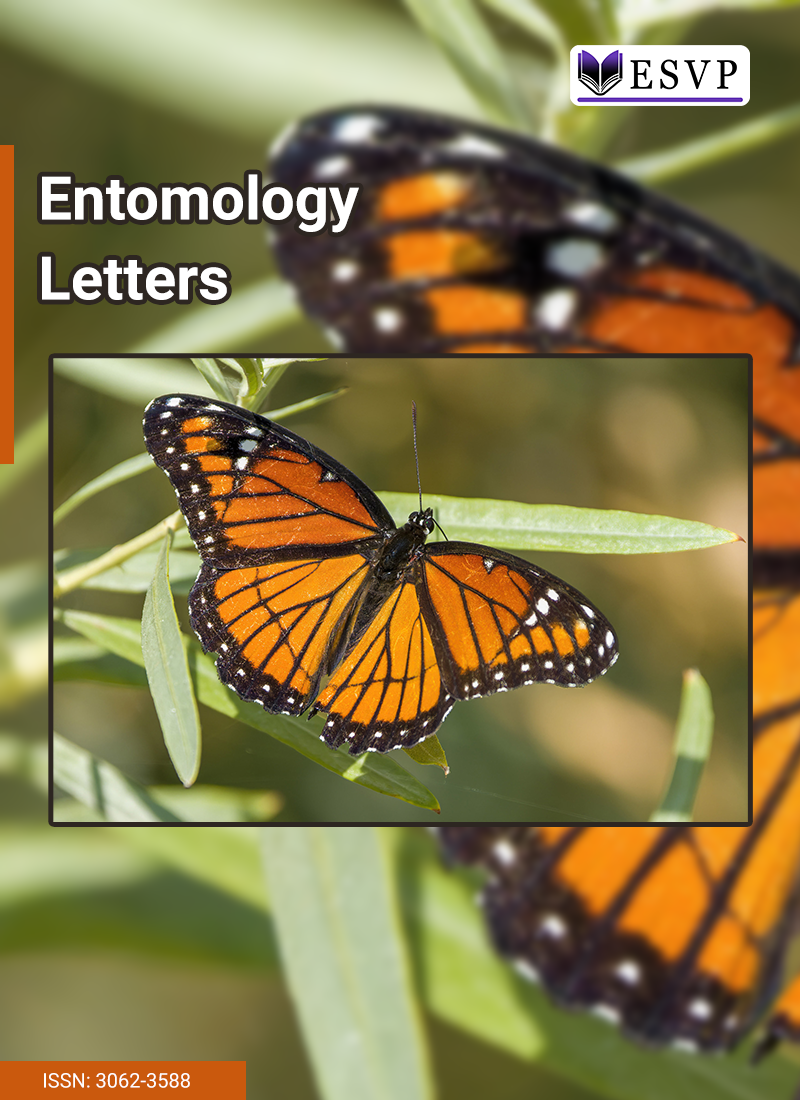
Melipona rufiventris Lepeletier, a stingless bee species native to Brazil and referred to as uruçu-amarela, has experienced significant population declines in recent years due to the destruction of native semi-arid ecosystems and the overharvesting of honey. This study investigates the genetic diversity and population structure of M. rufiventris in the semiarid region of Brazil using microsatellite markers, laying the groundwork for monitoring the genetic shifts of bee populations across both space and time in Brazil. After testing 37 potential microsatellite markers, only 9 markers (24.3%) showed polymorphism in M. rufiventris. When the data were analyzed at three collection sites—Campo Maior, Castelo do Piauí, and Guadalupe—Campo Maior showed the highest mean number of alleles per population (3.0), ranging from 1 to 7, compared to the other sites. Principal coordinate analysis (PCoA) and Bayesian clustering (structure) revealed a clear separation between two genetic groups, with some overlap, confirming significant genetic differentiation. This insight is crucial for conservation efforts, as it suggests that the groups from Campo Maior and Castelo do Piauí + Guadalupe should be considered as separate conservation units. Therefore, conservation strategies should focus on reducing habitat destruction within each area and preventing the movement of colonies, especially considering the role of the species in meliponiculture.